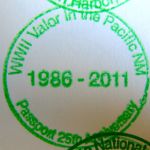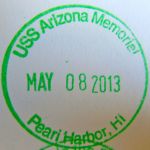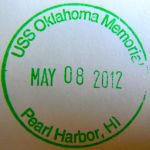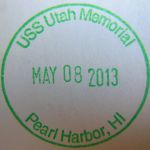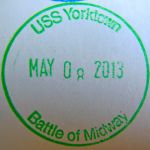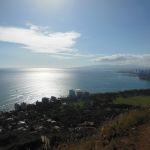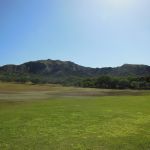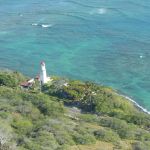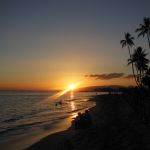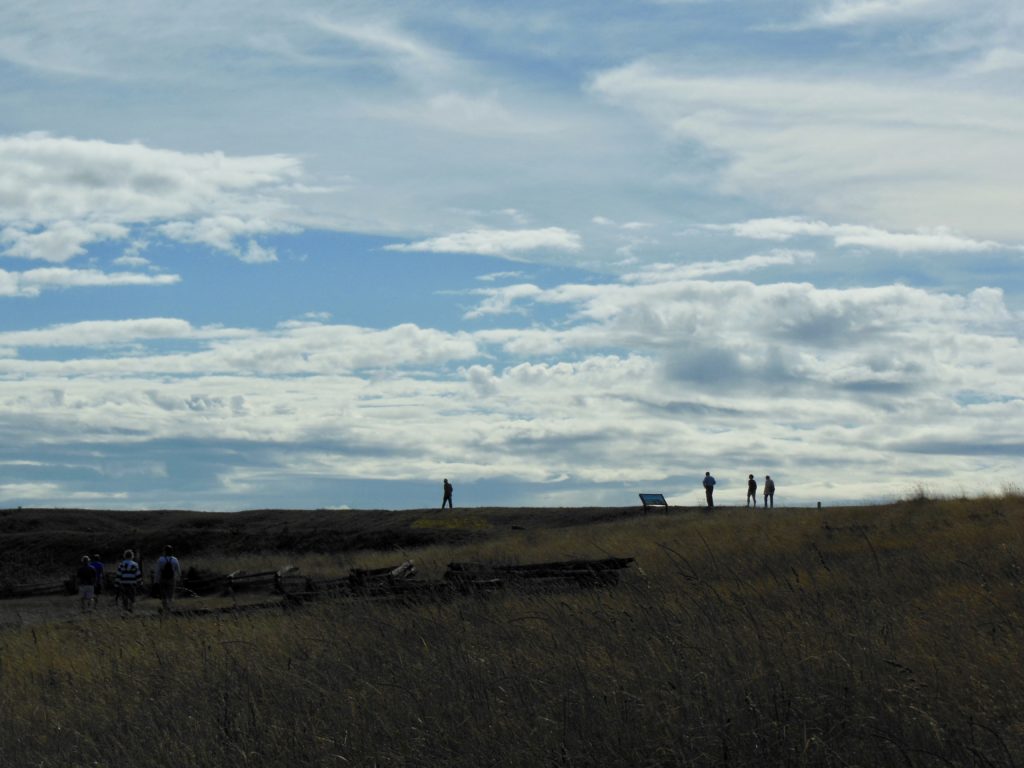 I realized I never posted Park #7 from 2016, a visit to San Juan Island National Historic Park on San Juan Island in WA last Sept. This was the final unique park I visited in 2016, but if I count repeat visits to Golden Gate National Recreation Area and NPS-affiliated sites (such as the Wing Luke Museum of the Asian Pacific American Experience in Seattle where we saw a temporary Bruce Lee exhibit on this same trip), I think I could claim to have met my goal of 12 parks last year 🙂
I realized I never posted Park #7 from 2016, a visit to San Juan Island National Historic Park on San Juan Island in WA last Sept. This was the final unique park I visited in 2016, but if I count repeat visits to Golden Gate National Recreation Area and NPS-affiliated sites (such as the Wing Luke Museum of the Asian Pacific American Experience in Seattle where we saw a temporary Bruce Lee exhibit on this same trip), I think I could claim to have met my goal of 12 parks last year 🙂
After visiting some friends in the Seattle area and visiting the local volcanoes, we hopped a ferry to the San Juan Islands. The ferry rides alone provided awesome scenery, and we arrived in Friday Harbor on a picturesque day — and were greeted by a friendly harbor seal, who I suspect makes a regular appearance near the fish market.
The historic park commemorates a mid 19th century stand-off between British and American garrisons on the island involving the matter of a pig. The two sections of the park encompass the English Camp on the north end of the island, and the American Camp further South. We first stopped at the English Camp on a drizzly afternoon. We walked up the officer’s hill, checked out the recreated English garden, and watched some more adventurous hikers head off around the point.
We next drove down to American Camp, of course spotting a bald eagle along the way. Spent some time checking out a red fox foraging on the side of the road as well. Our little dude fell asleep in the car and it was still raining, so I popped into the visitor center to get my passport cancellations and watch the video about the incident of the pig. We decided to come back the next day to explore the rolling hillsides and reconstructed camp, a lovely walk with some great views.
I had read that nearby Salt Point State Park is a good place to spot orcas from shore, so we decided to head there before returning to American Camp. We noticed a few cars stopped at a pullout on our way into the park, and sure enough, there were several orcas active in the water, just offshore, close enough that we could hear the snorts and splashes as the surfaced! Don’t tell little guy, who slept through the whole thing.
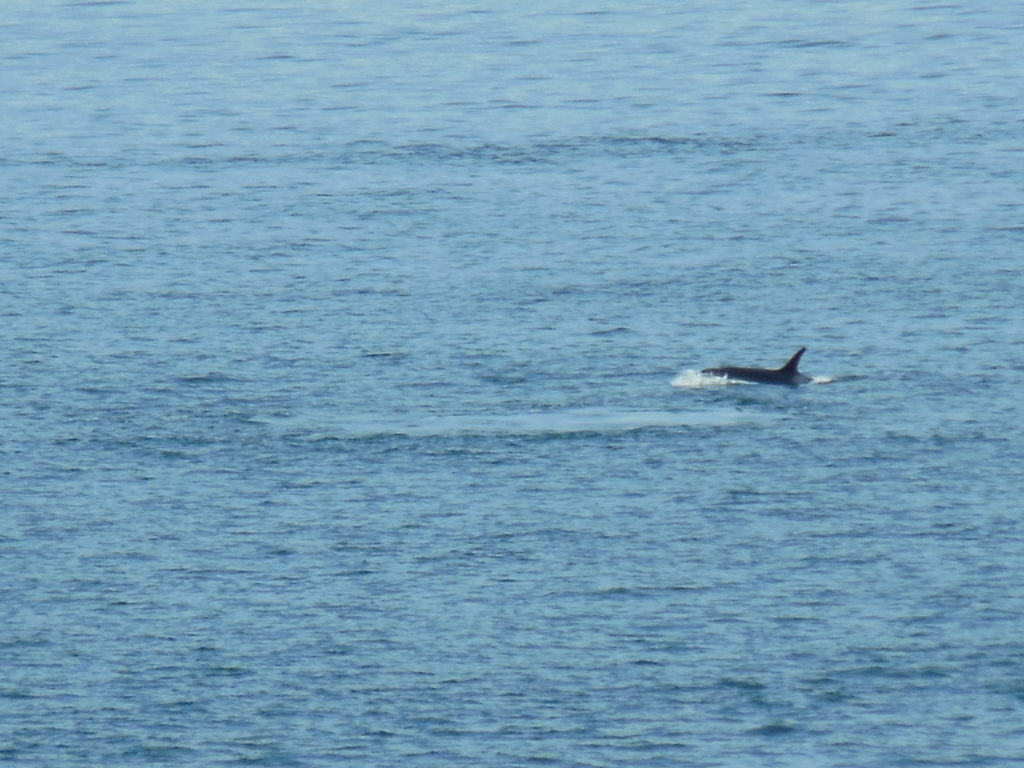
After that, it was appropriately time to hop the ferry to Orcas Island, where we made a brief stop in Moran State Park, before heading back to the mainland. We had great views of Mt. Baker from the ferry.
This site had several passport stamps, including some bonus stamps which are cool except when you’re rapidly using up all the extra space in your passport book!
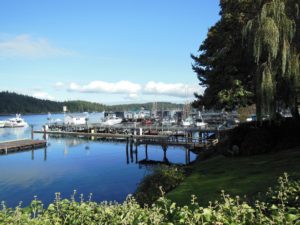
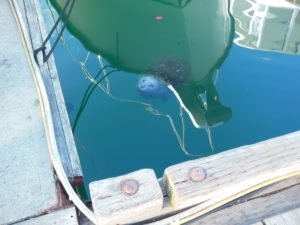
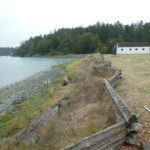
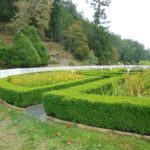
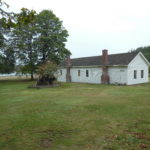
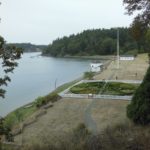
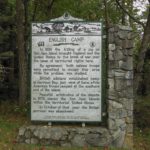
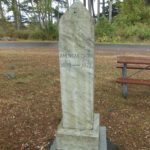
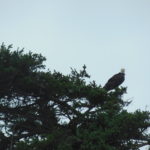
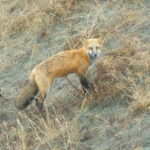
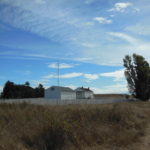
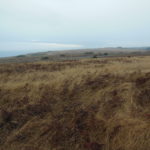
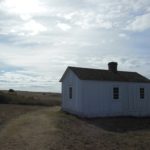
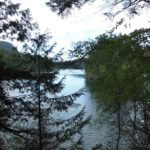
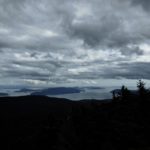
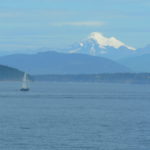
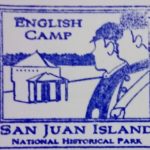
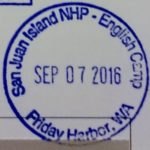
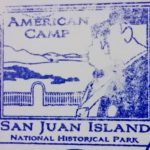
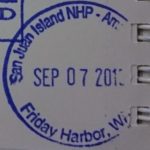
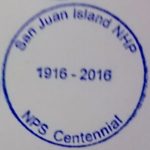
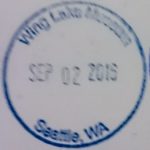
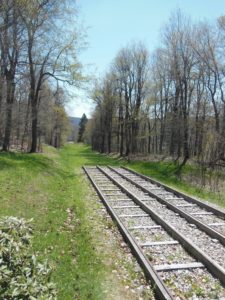
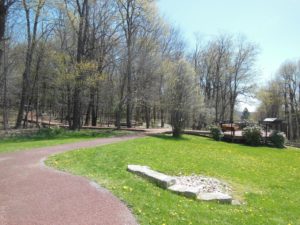
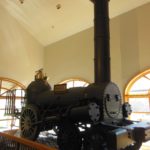
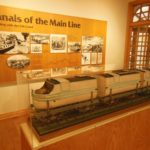
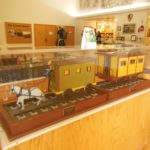
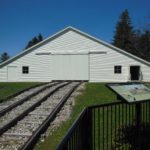
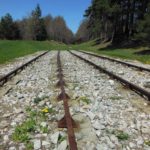
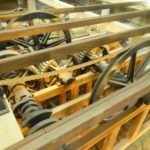
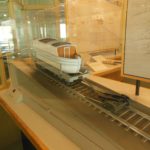
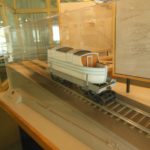
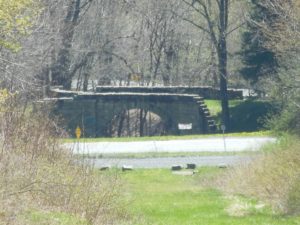
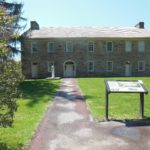
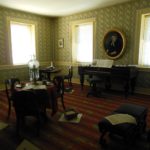
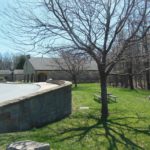
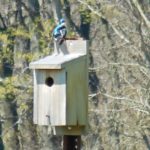
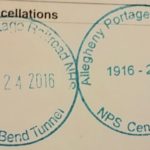
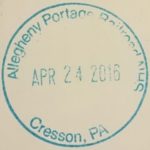
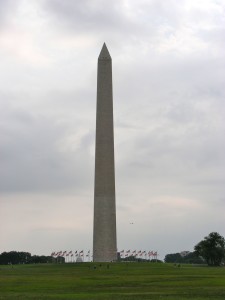 Here’s a couple from my trip a few years back:
Here’s a couple from my trip a few years back: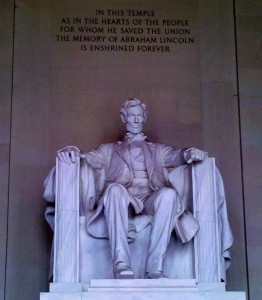
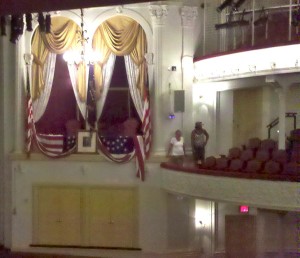 Peterson House across the street where Lincoln died (closed when I visited so not sure if there’s a cancellation – or perhaps I passed up
Peterson House across the street where Lincoln died (closed when I visited so not sure if there’s a cancellation – or perhaps I passed up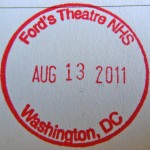
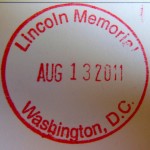 the opportunity to stamp it at the theater on the same principle I mentioned above?).
the opportunity to stamp it at the theater on the same principle I mentioned above?).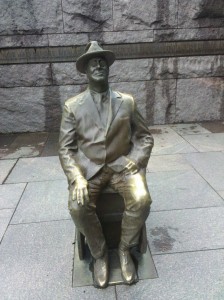 This
This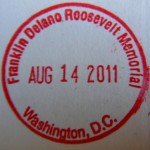 one was new since I last visited the area on that 8th grade field trip. A good stop if you’re walking around the Tidal Basin en route from the Lincoln Memorial to the Jefferson Memorial. There are four sections to walk through dedicated to the president’s four terms, and the memorial gives a pretty balanced look at the highs and lows of a very eventful presidency. This memorial is also near the Martin Luther King Jr. Memorial, which was still fenced off before opening the year we were there.
one was new since I last visited the area on that 8th grade field trip. A good stop if you’re walking around the Tidal Basin en route from the Lincoln Memorial to the Jefferson Memorial. There are four sections to walk through dedicated to the president’s four terms, and the memorial gives a pretty balanced look at the highs and lows of a very eventful presidency. This memorial is also near the Martin Luther King Jr. Memorial, which was still fenced off before opening the year we were there.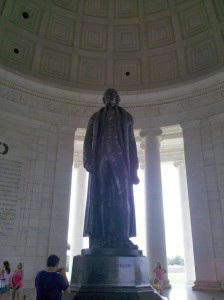
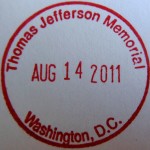 visit to Monticello near Charlottesville, VA.
visit to Monticello near Charlottesville, VA.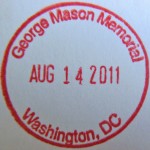
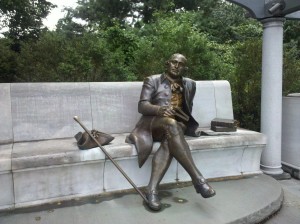
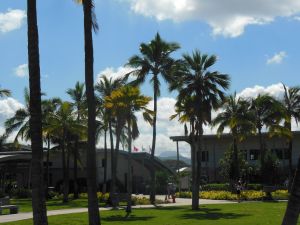
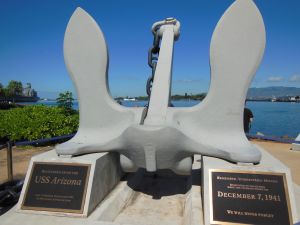
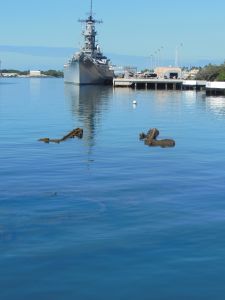 The Visitor’s Center has a museum and is the base for the U.S.S. Arizona, Utah, and Oklahoma memorials, honoring those ships and the people who perished in the attacks. The museum gives the details of the events of Dec. 7, 1941, including the military details of the attack and the day as it played out for the people of Pearl Harbor. There are some interesting artifacts, including a marked up draft copy of FDR’s famous “a date that will live in infamy” speech. The exhibits definitely freshened my memory from that report I wrote in 3rd grade…
The Visitor’s Center has a museum and is the base for the U.S.S. Arizona, Utah, and Oklahoma memorials, honoring those ships and the people who perished in the attacks. The museum gives the details of the events of Dec. 7, 1941, including the military details of the attack and the day as it played out for the people of Pearl Harbor. There are some interesting artifacts, including a marked up draft copy of FDR’s famous “a date that will live in infamy” speech. The exhibits definitely freshened my memory from that report I wrote in 3rd grade…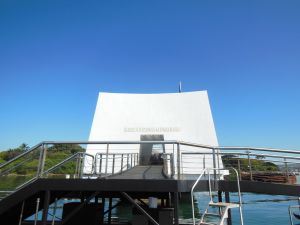 “centerpiece” of the monument. The memorial is only accessible by boat with a ticket from the Visitor’s Center. The short boat ride across the harbor is preceded by a film, and then visitors are given time for observation at the memorial, which is built immediately over the ship. Almost 1800 men were lost when the ship sunk and are still entombed there. The names of all those lost in the Arizona are engraved onto a wall at the far end of the memorial.
“centerpiece” of the monument. The memorial is only accessible by boat with a ticket from the Visitor’s Center. The short boat ride across the harbor is preceded by a film, and then visitors are given time for observation at the memorial, which is built immediately over the ship. Almost 1800 men were lost when the ship sunk and are still entombed there. The names of all those lost in the Arizona are engraved onto a wall at the far end of the memorial. 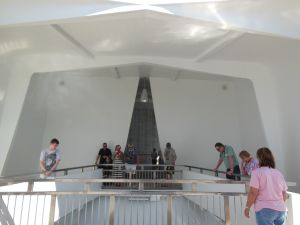 Interestingly, a side panel also lists the names of U.S.S. Arizona survivors who later requested to be interred there. From the observation deck, you can see fish darting in and out of the corroded metal of the Arizona and oil slicks that to this day still rise to the surface.
Interestingly, a side panel also lists the names of U.S.S. Arizona survivors who later requested to be interred there. From the observation deck, you can see fish darting in and out of the corroded metal of the Arizona and oil slicks that to this day still rise to the surface.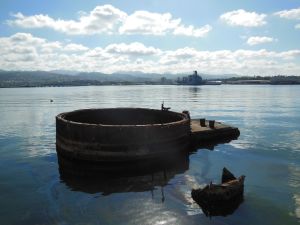 In addition to the U.S.S. Arizona memorial, there is a small, separately managed naval museum including a small sub available for tour at the site of the visitor’s center. I believe a shuttle will also take you over the U.S.S. Oklahoma Memorial, but the Utah is not open to the public as it is on the active military base.
In addition to the U.S.S. Arizona memorial, there is a small, separately managed naval museum including a small sub available for tour at the site of the visitor’s center. I believe a shuttle will also take you over the U.S.S. Oklahoma Memorial, but the Utah is not open to the public as it is on the active military base.